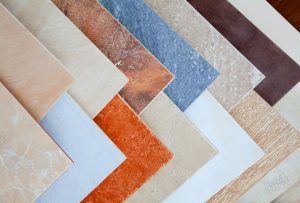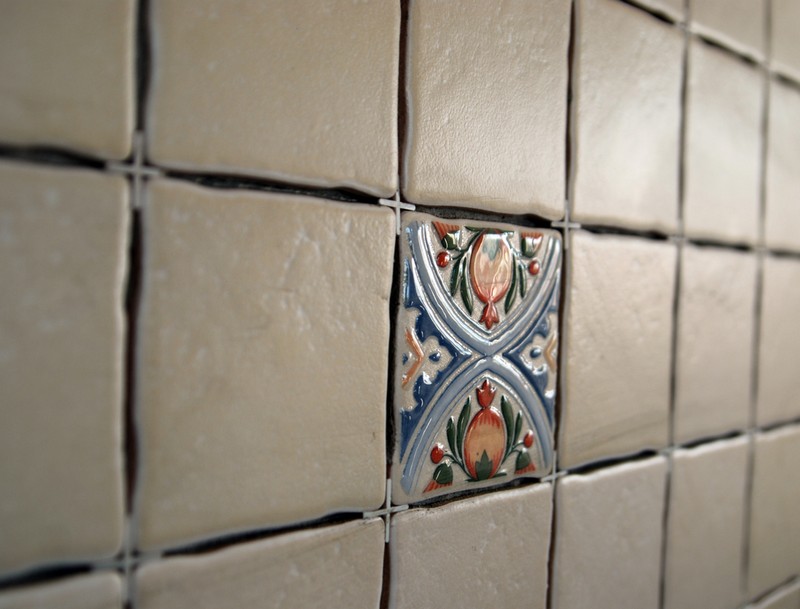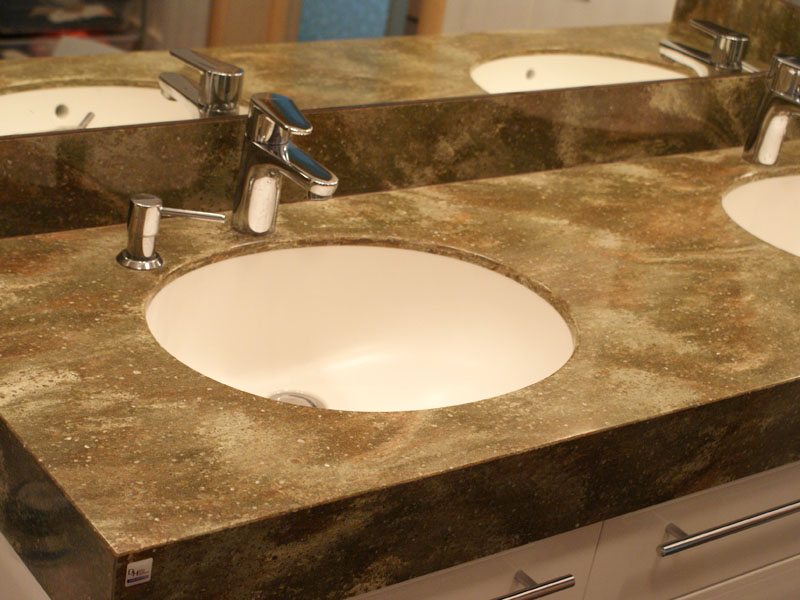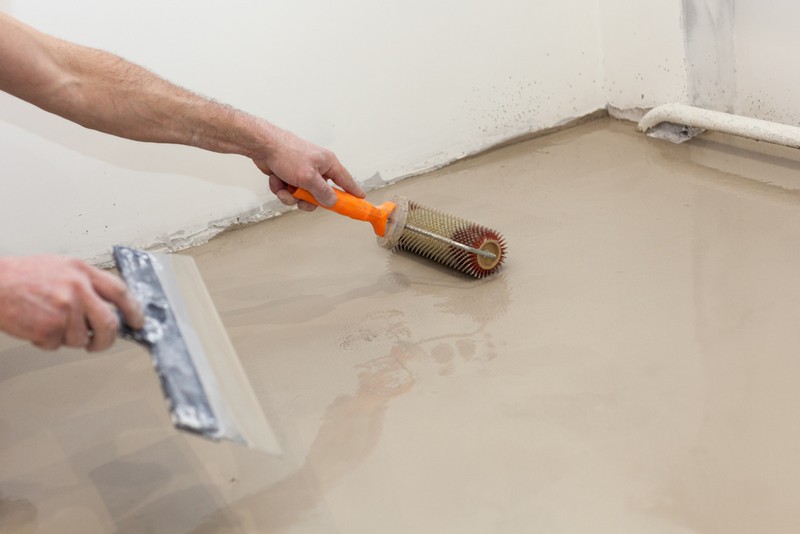A few words about ceramic tiles
 The main advantage of ceramic tile is its durability. This material will last much longer than the same linoleum, parquet and laminate. In the range of ceramic tiles there are many collections for wall cladding, not only in the bathroom, but also for hallways and corridors.
The main advantage of ceramic tile is its durability. This material will last much longer than the same linoleum, parquet and laminate. In the range of ceramic tiles there are many collections for wall cladding, not only in the bathroom, but also for hallways and corridors.
Ceramic tile – the most resistant to pollution material in the world. Glazed tiles and even some unglazed ones have a high resistance to virtually all the pollution that can cause a change in the original look, stains on other types of products.On a ceramic tile there is no dust and dirt after cleaning. Simple water and a damp cloth is all that is needed. Ceramic tiles are completely fireproof at any temperature. It will not burn or intensify the fire in case of fire. Its surface will not change at all, nor will it emit any toxic gases, smoke or fumes. Besides the fact that the tile is fireproof, it will protect the surface on which it is laid during a fire.
The ceramic tile surface does not absorb liquid and does not absorb vapors, odors, or smoke. The tile satisfies any room where hygiene is paramount.
Ceramic tiles can be used:
as a floor covering in any room;
as finishing for walls (both indoors, and outside);
for patios, arbors;
for pools;
for fireplaces;
for facades.
If the base is sufficiently strong and stable, then the floor tile can also be used on walls.
Ceramic tile is a mixture of clay, which was given a certain shape and then subjected to firing at high temperature. This forms a solid (shard), which can then be applied glaze. Tiles that are not applied to the glaze are called unglazed.
Glaze is a liquid solution that is sprayed or poured onto the surface of a tile. After that, it is strengthened by firing at very high temperatures. Glaze colors are made from a mixture of minerals, such as gold, silver, zinc, copper, mercury, cobalt, and many others. The degree of wear resistance of the glaze is determined by its hardness. Hardness is affected by firing temperature, color, gloss level (glossy glaze is usually softer than matte).
There are two types of tiles – facing and floor.
Any ceramic tile is suitable for wall cladding, but mostly thinner than floor tiles are used.
The most popular size for wall tiles is 20 * 20 cm, 20 * 25 cm, 20 * 30 cm, 20 * 33 cm, 25 * 33 cm. But now the trend is changing, the large format of tiles 33 * 44 cm is becoming more and more popular. Such Ceramic tile looks more advantageous both in small (due to a smaller number of seams) and in large rooms. In addition, it often has a more modern and luxurious design.
Wall tiles have a rather soft and porous shard. Therefore, you should never use them for laying on the floor or for outdoor use.
Floor tile is thicker than facing. In addition, it has greater resistance to abrasion to resist weight and foot traffic. It usually has greater density and weight. The use of ceramic tiles is quite versatile. While linoleum, parquet or laminate are produced for use on the floor mainly in the home, the area of use for ceramic tiles is limitless.



